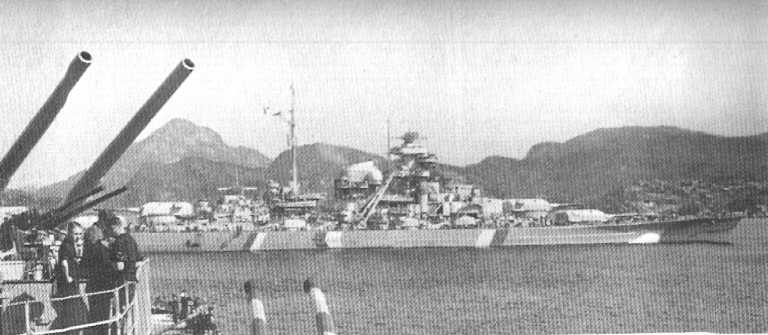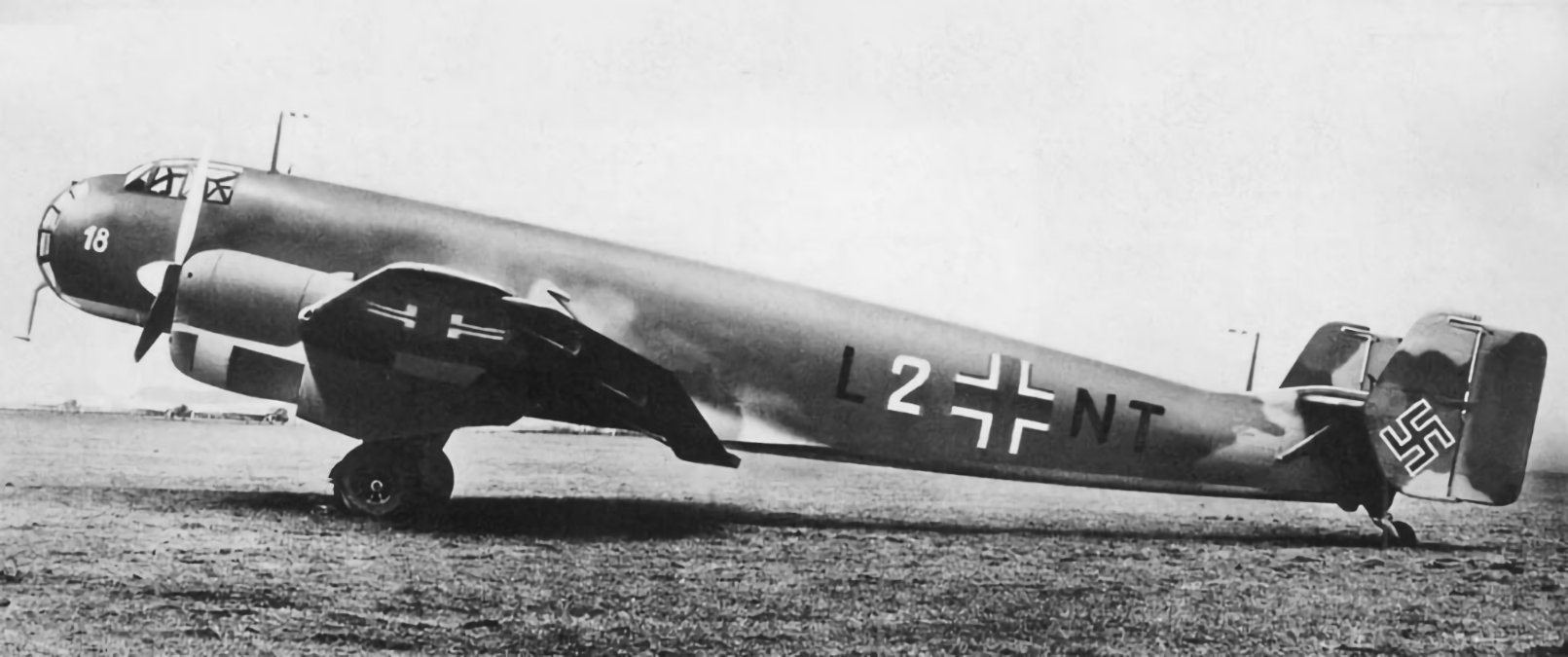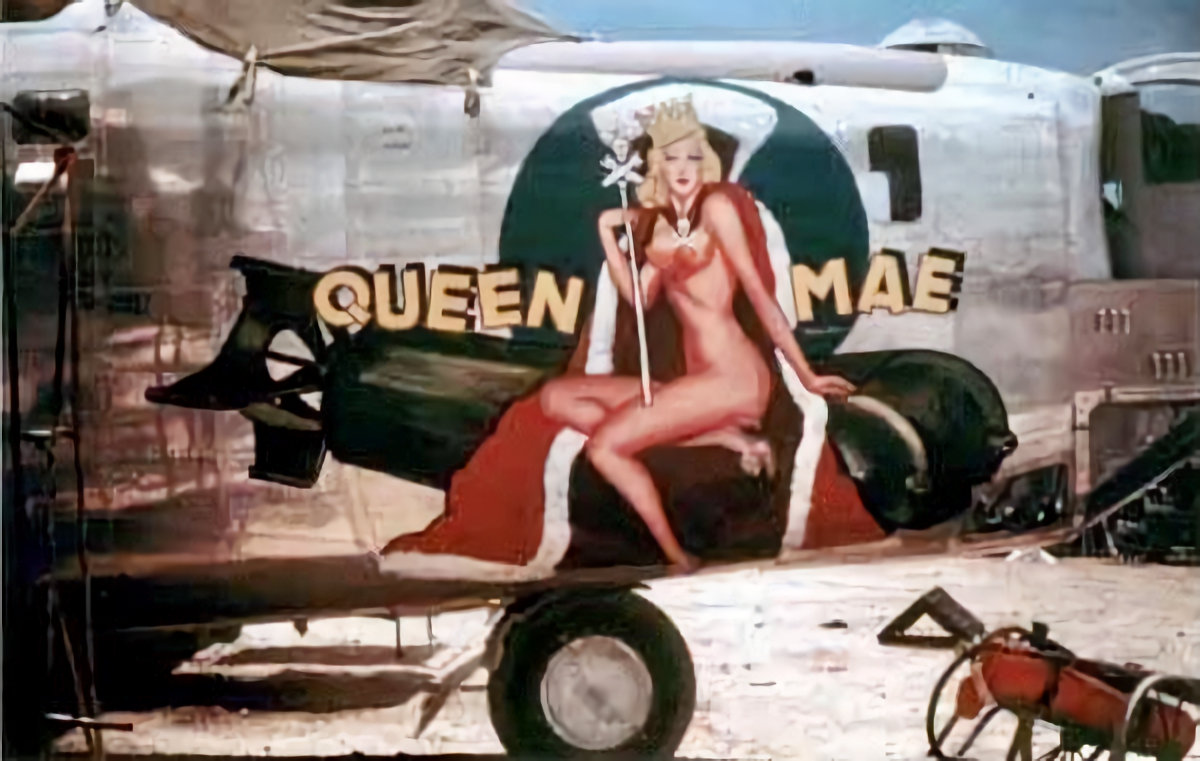Tag: Second World War
-
German Battleship Bismarck

German Battleship Bismarck Bismarck was the first of two Bismarck-class battleships built for Nazi Germany’s Kriegsmarine. Named after Chancellor Otto von Bismarck, the ship was laid down at the Blohm & Voss shipyard in Hamburg in July 1936 and launched in February 1939. Work was completed in August 1940, when she was commissioned into the… Read more
-
Junkers Ju 86 in German Service

Junkers Ju 86 in German Service Designed as both a bomber for the Luftwaffe and transport for Luft Hansa, the Junkers Ju 86 first flew on 4 November 1934. Four Ju 86D bombers were sent to Spain during the Civil War, where it was found that the diesel engines could not withstand rough treatment during… Read more
-
Consolidated B-24 Liberator Nose Art Page 2

Consolidated B-24 Liberator Nose Art Page 2 Old Hickory Old Hickory was a 380th Bomb Group 530th Bomb Squadron s/n 42-40827. It was written off on 1 March 1944 after a crash landing at Fenton, Australia. Our Gal III Our Gal III a Consolidated B-24J-90-CO s/n 42-100313 of the 5th AF, 22nd BG, 33rd BS… Read more